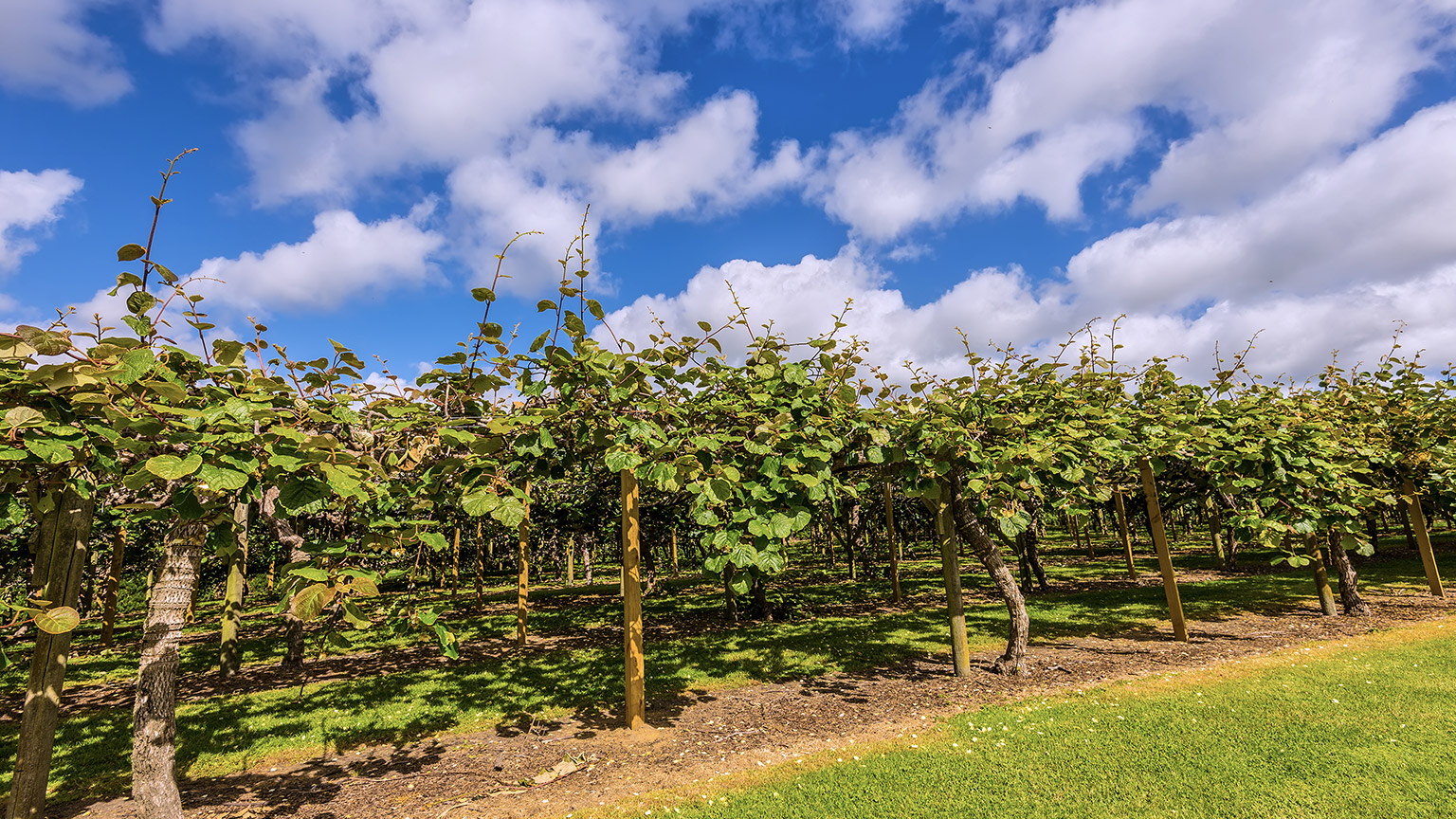In this topic, we’ll explore various horticulture industry sectors and learn about common approaches to growing in Aotearoa. New Zealand is known for its successful kiwifruit (Actinidia deliciosa) export business.
One way to look at the horticulture industry is by categorising horticulture operations according to what they produce or what services they provide. This approach is reflected in the New Zealand Qualifications Framework, which broadly divides horticulture operations into production and horticulture services.
Horticulture sectors in Aotearoa
Notes:
- In this programme, we’re most interested in those sectors that fall under production horticulture because they focus on growing plants (aside from post-harvest).
- Amenity horticulture (parks and ornamental gardens) also strongly focuses on growing plants.
- While grasses are plants, sports turf management is primarily focused on preparing sports surfaces to meet the needs of the sports played on them.
The industry sectors above are one way of looking at the horticulture industry. Still, horticulture operations may often comprise several of these sectors. For example, many market gardens will grow vegetables indoors (in greenhouses) and outdoors and may grow plants for sale from their own nursery.
This table provides some terms and broad descriptions of common horticulture operations.
| Arable farming |
Production of vegetables or grains using machinery and mechanical equipment, usually in ploughed fields. They usually grow large quantities of a few selected vegetable species. |
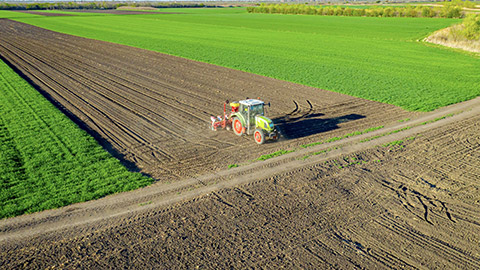 |
|---|---|---|
| Community garden | A space for people to come together, grow food and learn from each other. |
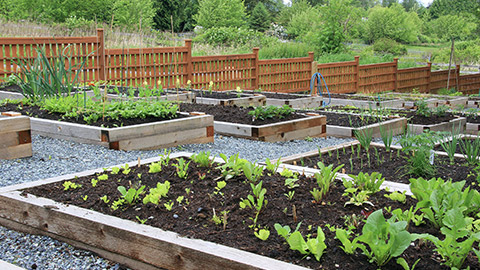 |
| Indoor growing | Vegetables, herbs, or cut flowers grown in greenhouses. |
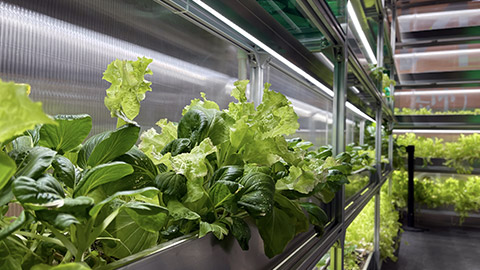 |
| Market garden |
According to Wikipedia: it is the “relatively small-scale production of fruits, vegetables and flowers… frequently sold directly to consumers and restaurants”. It may involve indoor, outdoor growing or both. |
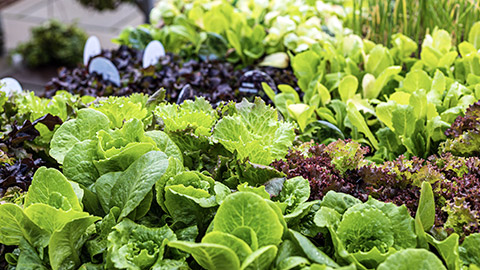 |
| Orchard |
The land where trees are grown to produce fruit. They are usually divided into sections of the same fruit trees. |
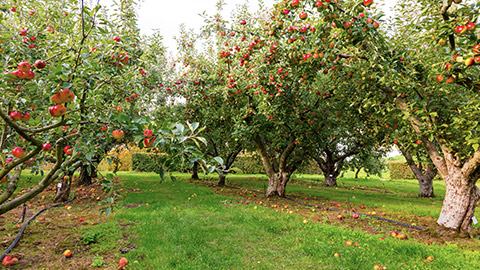 |
| Park |
Public space with ornamental plants (plants grown for reasons other than food). These plants are chosen for their contribution to beautifying spaces and increasing community connection, recreation and sporting attributes. |
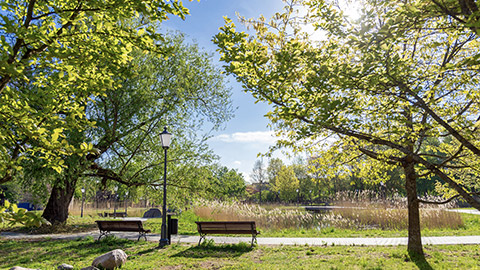 |
| Plant nursery | Plants are grown for sale to be transplanted and grown on. |
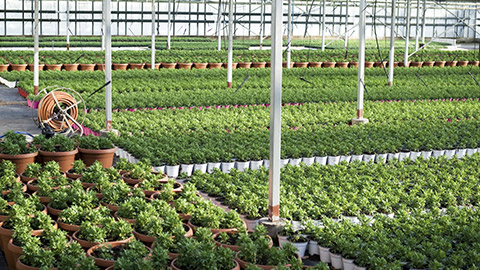 |
| Private garden | Private gardens which may contain fruit, vegetables, herbs, cut flowers, and ornamental plants. |
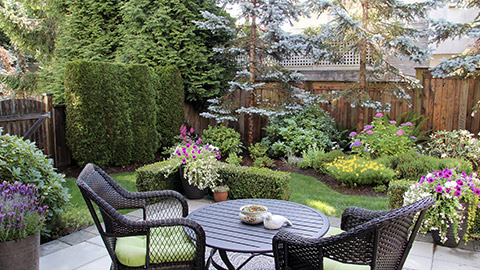 |
| Urban farm | Like a market garden, but on urban sections in cities and towns. |
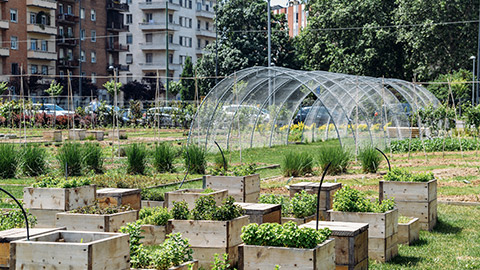 |
| Vineyard | Land used for growing grapes, usually used for making wine. |
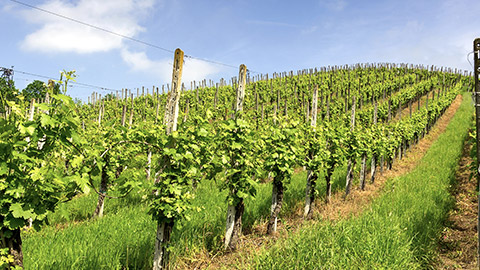 |
A comparison
The following table shows a comparison of common names for horticulture operations and the industry sectors to which they relate.
| Fruit Production | Indoor Crop Production | Outdoor Crop Production | Nursery Production | Wine Growing | Amenity | |
|---|---|---|---|---|---|---|
| Community garden | Sometimes | Yes | ||||
| Indoor growing | Possibly | Yes | ||||
| Ariable farming | Yes | |||||
| Market garden | Possibly | Yes | Possibly | |||
| Nursery | ||||||
| Orchard | Yes | Yes | ||||
| Park | Yes | |||||
| Private garden | Possibly | Possibly | Possibly | Possibly | ||
| Urban farm | Possibly | Yes | ||||
| Vineyard | Yes |
